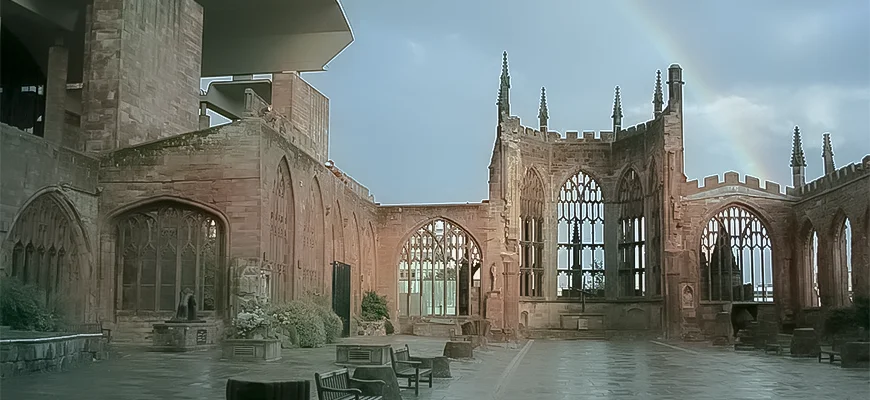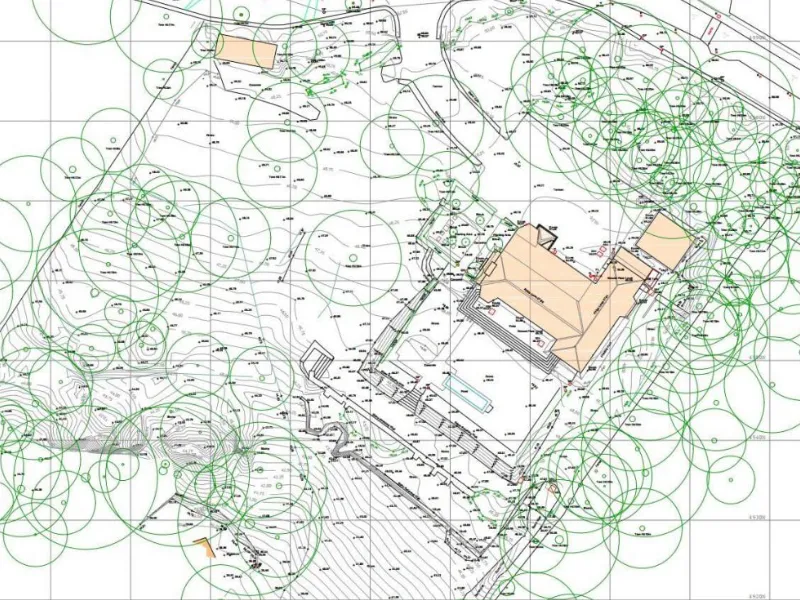
📍 Unsure if Your Building Is Listed?
Understanding listed status is crucial for renovations and planning permissions. Let Survey2Plan guide you through the process with expert heritage surveys!
📞 0161 531 6641 📩 info@survey2plan.com 💬 Get a Quotation
Fast & Accurate Surveys | Trusted by Architects, Developers & Contractors
How to Find Out if a Building is Listed?
1. Web-based Data Collections
Web-based data collections are maintained in many different countries around the world. These electronic archives have complete databases of all the listed buildings. We must also mention that these databases are usually documented and maintained by either government or local authorities. Anyone can easily search for heritage or planning department websites to know about the listed buildings in their region. You will simply have to look for the building(s) by entering the name in the search bar.
And if you are not too sure about the name of the building, then there are other ways to find its listing. For example; you can search for the structures or buildings by postcode or address as well.
2. Regional Heritage Authorities
If you are not able to find out if a building that you are interested in is listed or not, there is another way to go about it. And that is to reach out to local heritage authorities.
Here is why: although, developed countries go by strict rules and policies to ensure that all crucial data is well maintained and readily available for the masses to access. However, there are chances that you won’t be able to get your hands on the information that you require online.
One of the most effective ways is to connect with regional heritage organizations. Such organizations maintain records of listed buildings in a certain area. You can expect them to either have archives or databases that are maintained manually. Or they will connect you to teams who would know the listing status of the building(s) you’re interested in.
3. Refer to Historic Maps
If the above-mentioned ways have not worked for you then, don’t worry because there are other ways too! Historic maps are another effective way to find out the listing status of buildings. Luckily, there are two types of maps available now; physical and digital. Both types of maps will be able to provide you with crucial information. Now, there are different ways of consulting historic maps and we’re going to be sharing them in this part of the blog!
First things first; you would like to check online if the region you are in has archived maps. Or you can visit a local library near you to see if they have archives of listed buildings. Once you have found the building on a map, you can visit it in person to check it out in detail. If you want to compare the information that you got through maps and the actual buildings, you must do that. The comparison will help you make informed decisions later.
4. Visit Sites In Person

5. Reach Out to Local Planning Department
If nothing works, we’re sure that your local planning department can help you the right way. Local planning departments are supposed to be highly responsible and it’s part of their job to document and maintain records. This record can encompass various factors such as land use, zoning regulations as well as development planning. So, if you are planning to reach out to your local planning department, know that you will get your hands on authentic information.
Suggested: Benefits of Preserving Heritage
That said, we would now like to talk about how listed buildings are graded in the United Kingdom. Make sure that you continue reading the blog to make wise choices in the future!
Listed Buildings and Their Gradings
There are three grades in which listed buildings are classified which are as follows:
- Grade I
- Grade II
- Grade III
Let’s explore what the grades mean in this part of the blog!

Grade I
Grade II
Grade II
Most of the listed buildings in the UK are categorized as Grade II. We must also mention here that these buildings are of special interest as well. But their number is higher than the Grade II* buildings that are present in the UK. Moreover, 91.7 percent of the listed buildings are categorized as Grade II buildings.




